Douglas Fir Lumber
- June 27, 2023
- 0 comment
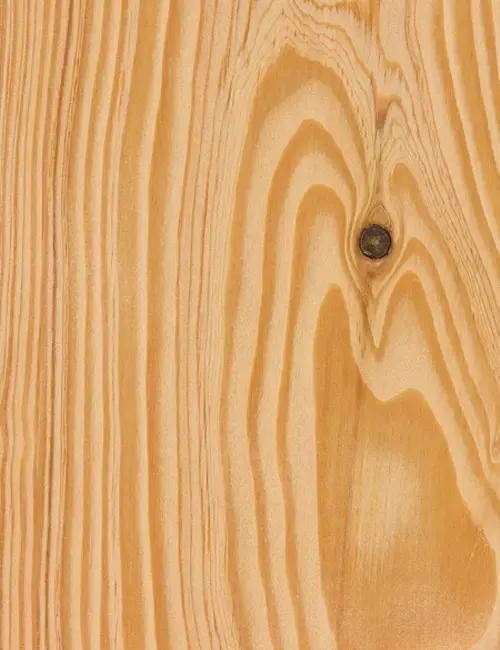
Douglas Fir lumber is a popular and versatile softwood known for its strength, durability, and attractive appearance. It is derived from the Douglas Fir tree, which is native to North America and commonly found in the western parts of the United States and Canada. The lumber is widely used in construction, carpentry, and woodworking projects due to its excellent structural properties and aesthetic appeal.
| Douglas Fir Lumber | |
|---|---|
| Common Name(s) | Douglas Fir, Oregon Pine |
| Scientific Name | Pseudotsuga menziesii |
| Distribution | Western parts of the United States and Canada |
| Tree Size | Height: 200-250 feet, Diameter: 5-6 feet |
| Average Dried Weight | 28 lbs/ft3 (450 kg/m3) |
| Specific Gravity | 0.45 |
| Janka Hardness | 660 lbf (2,940 N) |
| Modulus of Rupture | 12,400 psi (85.5 MPa) |
| Elastic Modulus | 1,510,000 psi (10.41 GPa) |
| Crushing Strength | 7,150 psi (49.3 MPa) |
| Shrinkage | Radial: 3.6%, Tangential: 6.3%, Volumetric: 9.9% |
Color/Appearance

Douglas Fir has a light reddish-brown to yellowish-brown color with a prominent grain pattern. The sapwood is usually lighter in color and may be nearly white.
Grain/Texture
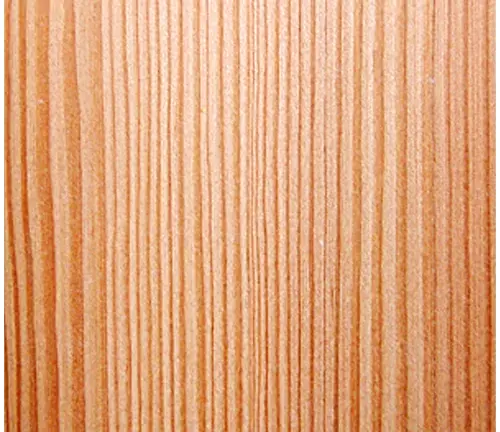
The grain of Douglas Fir lumber is typically straight and can occasionally have an interlocked or wavy pattern. The texture is medium to coarse, with a relatively uniform and fine texture.
Rot Resistance
Douglas Fir lumber is moderately resistant to decay and rot. However, it is still recommended to apply appropriate protective finishes or use pressure-treated lumber for outdoor applications.
Workability
Douglas Fir is relatively easy to work with both hand and machine tools. It has good machining properties, but care must be taken to avoid tearout due to its sometimes interlocked grain. It nails, screws, and glues well and can be stained and finished easily.
Odor
Douglas Fir has a distinct and pleasant resinous odor when freshly cut.
Allergies/Toxicity
There are no known allergenic or toxic properties associated with Douglas Fir.
Pricing/Availability
Douglas Fir lumber is widely available and relatively affordable, especially in regions where it is abundant.
Sustainability
Douglas Fir is considered a sustainable choice for lumber as it is commonly harvested from managed forests. It is important to ensure sourcing from reputable suppliers with sustainable forestry practices.
Common Uses
Douglas Fir lumber is highly versatile and finds application in various industries and projects. Here are some common uses:
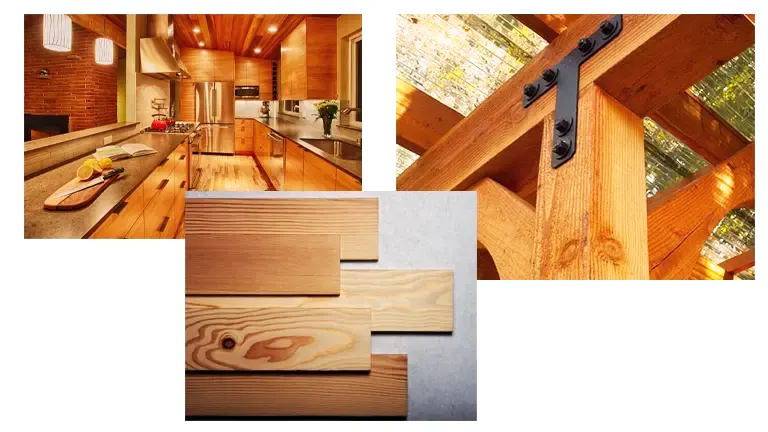
- Construction: Douglas Fir is widely used in residential and commercial construction for structural purposes. It is a preferred choice for framing, beams, posts, and trusses due to its excellent strength-to-weight ratio and stability.
- Flooring: Douglas Fir lumber is popular for hardwood flooring due to its durability and appealing appearance. It can be milled into wide planks or used as tongue-and-groove flooring for a classic, warm aesthetic.
- Millwork and Cabinetry: The straight grain and attractive color of Douglas Fir make it a favored material for millwork, including moldings, trim, paneling, and cabinetry. It adds character and elegance to interior spaces.
- Doors and Windows: Douglas Fir is often used for manufacturing doors and windows. It provides structural integrity, insulation, and a natural aesthetic that complements both traditional and contemporary architectural styles.
- Furniture: Douglas Fir lumber is utilized in the production of furniture, ranging from rustic pieces to modern designs. It can be crafted into tables, chairs, benches, cabinets, and more, offering both strength and visual appeal.
- Exterior Applications: Due to its natural resistance to decay, Douglas Fir is employed in exterior projects such as decks, siding, fences, and outdoor furniture. It withstands exposure to the elements, providing longevity and durability.
- Boat Building: Douglas Fir’s strength and stability make it suitable for marine applications. It is used in boat building for components such as masts, hulls, and decking.
- Industrial Uses: Douglas Fir lumber is utilized in various industrial applications, including pallets, crates, packaging materials, and scaffolding. Its strength and availability make it a reliable choice for heavy-duty purposes.
- Musical Instruments: Some musical instrument manufacturers prefer Douglas Fir for crafting guitar soundboards, violin tops, and other instrument components. It offers resonance, tonal qualities, and an attractive appearance.
- Art and Crafts: Artists and craftsmen appreciate the aesthetic qualities of Douglas Fir. It is used in sculptures, carvings, woodturning, and other artistic creations that benefit from its grain patterns and color variations.
FAQs:
- Is Douglas Fir a hardwood or softwood?
Douglas Fir is technically a softwood, although it possesses excellent strength and durability. - Can Douglas Fir be used outdoors?
While Douglas Fir has moderate natural resistance to decay, it is generally recommended to use appropriate protective finishes or opt for pressure-treated lumber for outdoor applications. - Is Douglas Fir prone to splitting or warping?
Douglas Fir has good dimensional stability, but like any wood, it can experience some splitting or warping when exposed to changes in moisture content or extreme environmental conditions. - Can Douglas Fir be stained?
Yes, Douglas Fir accepts stains and finishes well, allowing for customization of color and appearance. - Is Douglas Fir sustainable?
When sourced from responsibly managed forests, Douglas Fir is considered a sustainable option for lumber due to its widespread availability and quick growth rate.


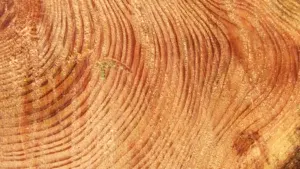
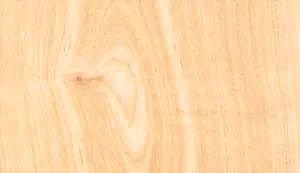




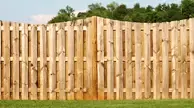

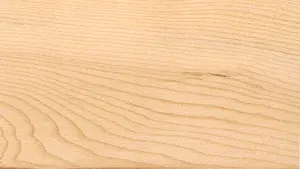
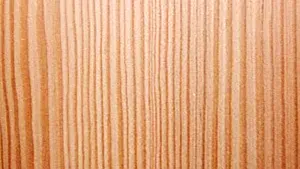
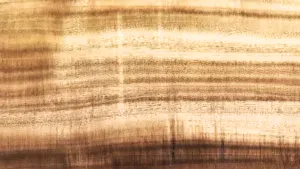

Leave your comment